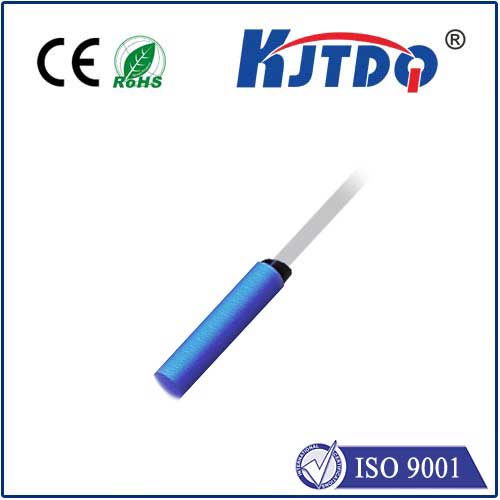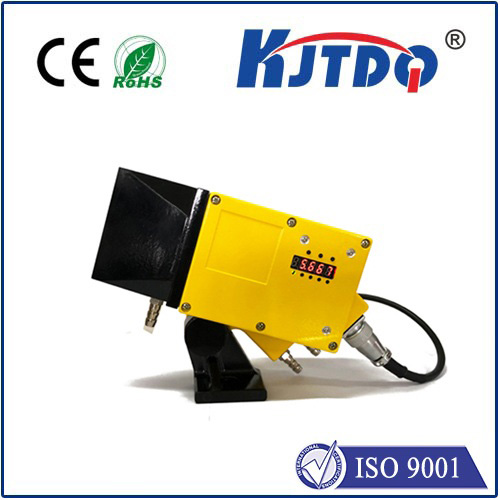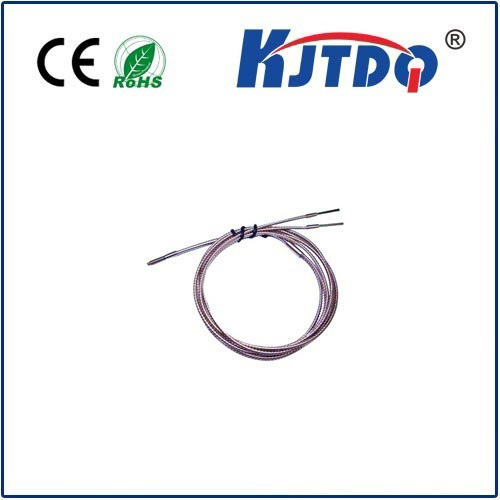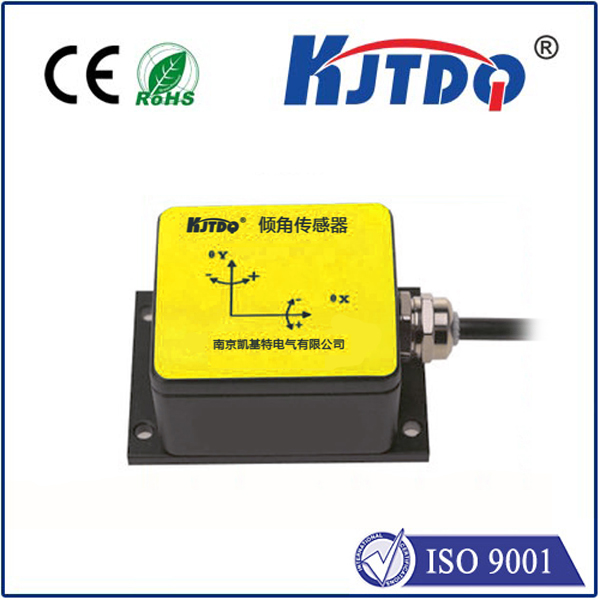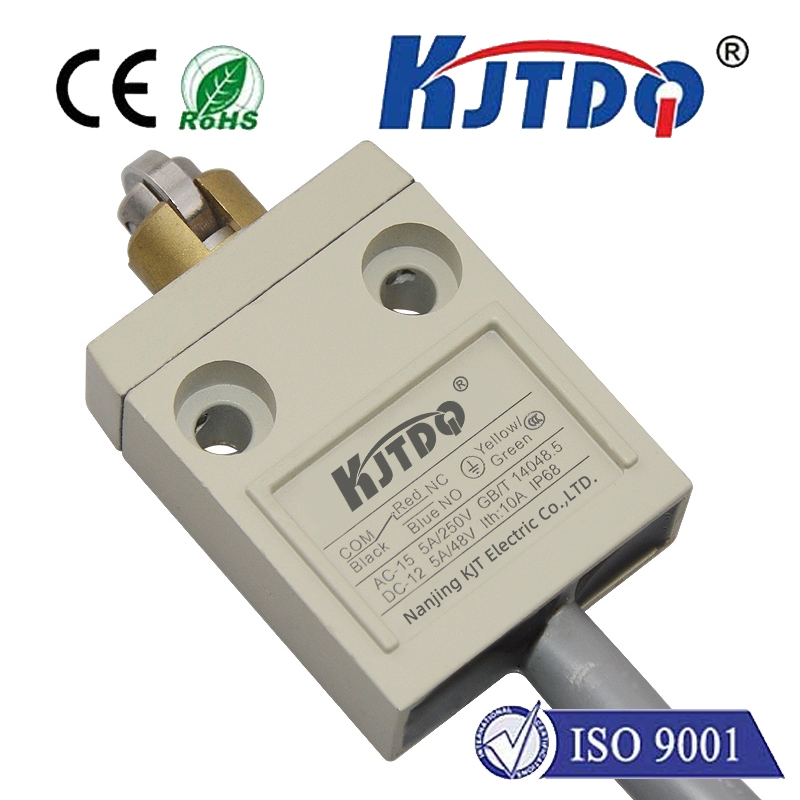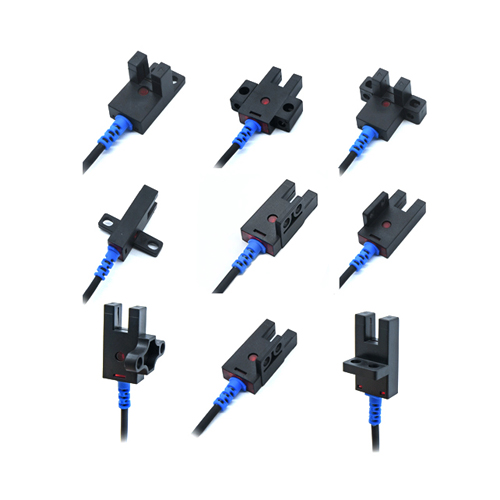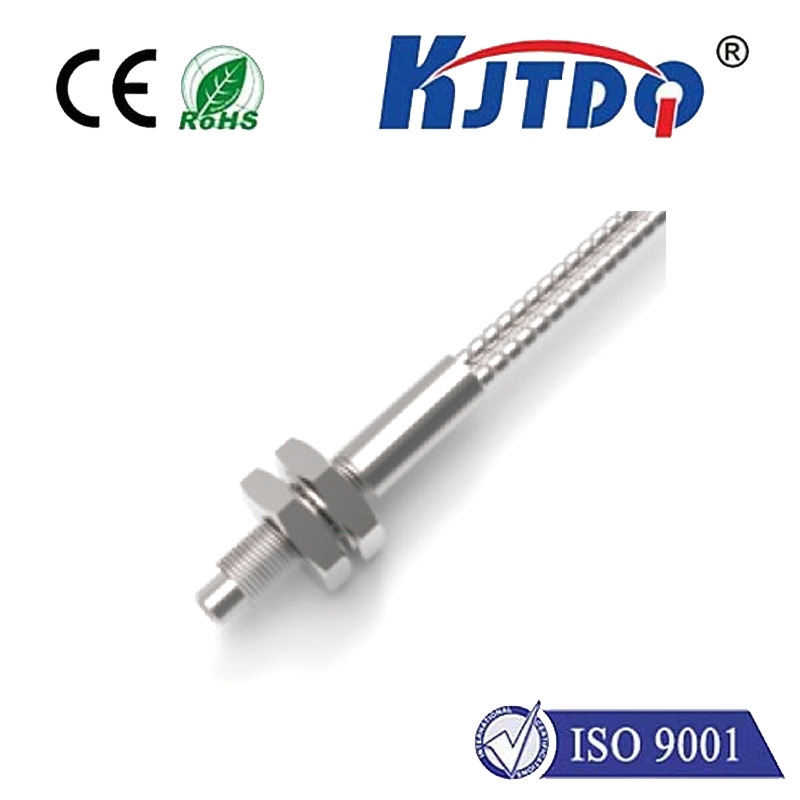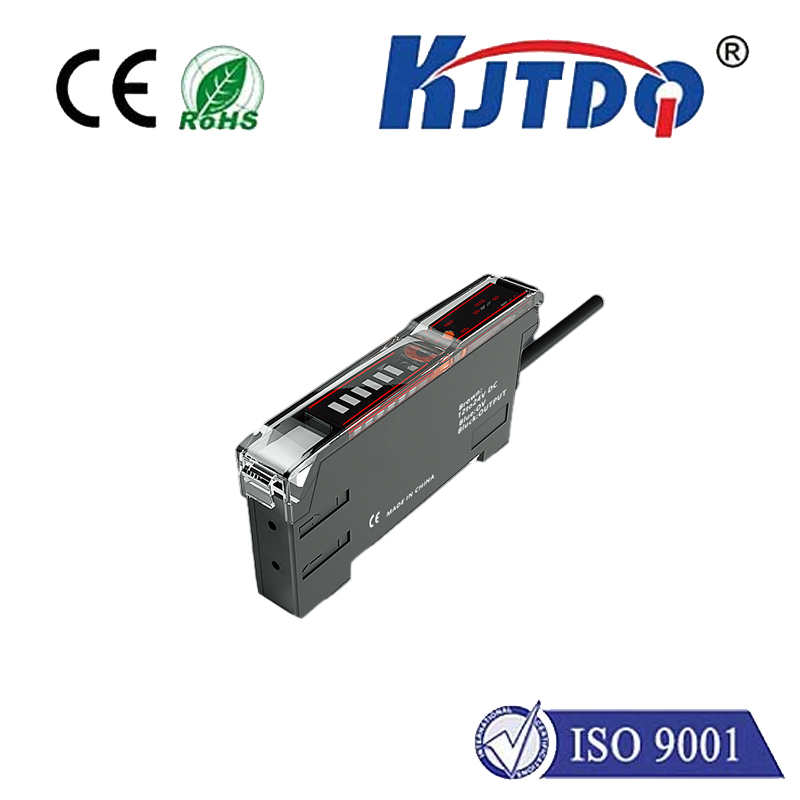fiber sensor
- time:2025-08-13 14:16:37
- Click:0
Fiber Sensors: Weaving a Web of Invisible Intelligence Across Industries
Imagine a world where structures whisper their stresses, pipelines reveal hidden leaks before they erupt, the human body shares vital signs seamlessly, and industrial processes self-optimize with unprecedented precision. This isn’t science fiction; it’s the rapidly unfolding reality powered by the transformative technology of fiber optic sensors. Moving far beyond their role in telecommunications, fiber sensors are emerging as the nervous system for an increasingly instrumented planet, offering capabilities traditional electronic sensors simply cannot match.
At its core, a fiber sensor leverages a strand of optical fiber – incredibly thin glass or plastic – as its sensing element. Light pulses travel down this fiber. When the fiber encounters changes in its environment – such as temperature fluctuations, mechanical strain, pressure shifts, vibrations, or even the presence of specific chemicals – it subtly alters the characteristics of the transmitted light. Sophisticated interrogation units analyze these minute changes in the light’s intensity, wavelength, phase, or polarization, translating them into highly accurate measurements.

This fundamental principle unlocks several unique and compelling advantages:
- Electromagnetic Immunity (EMI Immunity): Unlike conventional electronic sensors, fiber sensors are inherently immune to electromagnetic interference. This makes them indispensable in electrically noisy environments like power plants, near heavy machinery, or within medical MRI suites, where reliable data is paramount.
- Intrinsic Safety: Optical fibers carry light, not electricity. This eliminates spark risks, making them the ideal solution for intrinsically safe operation in hazardous locations like oil refineries, chemical plants, and mining operations, where explosive atmospheres are a constant concern.
- Long-Distance & Distributed Sensing: This is a game-changer. A single optical fiber cable, potentially tens of kilometers long, can act as a continuous sensor array. Distributed sensing technology allows measurements to be taken continuously along the entire fiber length, effectively creating thousands of sensing points. This enables monitoring vast infrastructures like pipelines, railways, dams, or borders for strain, temperature gradients, or intrusion events with unparalleled spatial resolution.
- Multiplexing Capability: Multiple discrete sensors (like Fiber Bragg Gratings - FBGs) can be easily inscribed along a single fiber strand. This allows for simultaneous, multi-point measurement using a single interrogation unit, drastically simplifying installation and reducing costs for complex monitoring systems.
- Corrosion Resistance & Durability: Glass optical fibers are highly resistant to corrosion and harsh chemical environments, offering exceptional long-term stability and reliability where metal sensors would degrade.
- Minimal Size and Weight: Their slender profile and lightweight nature allow for minimally invasive integration into composite materials (like aircraft wings or wind turbine blades), medical devices, or confined spaces where bulky sensors are impractical.
Key Flavors of Fiber Sensing Technology
- Point Sensors: Measure at specific, discrete locations. Fiber Bragg Grating (FBG) sensors are the most prominent type. An FBG is a periodic modulation of the fiber’s core refractive index that reflects a specific wavelength of light. Changes in strain or temperature shift this reflected wavelength, providing precise, localized measurements. Ideal for structural health monitoring (bridges, buildings) or pressure sensing.
- Distributed Sensors: Transform the entire fiber length into a continuous sensor:
- Distributed Temperature Sensing (DTS): Based primarily on Raman scattering, DTS measures temperature profiles along the fiber. Crucial for fire detection in tunnels/cables, pipeline leak detection (leaks cause local cooling), or geothermal reservoir monitoring.
- Distributed Acoustic Sensing (DAS): Leverages Rayleigh scattering to detect vibrations and sound waves along the fiber. Revolutionizes seismic surveying, pipeline security (detecting third-party interference), perimeter security, and traffic flow monitoring. Real-time acoustic fingerprinting over vast distances is uniquely enabled by DAS.
- Distributed Strain Sensing (DSS): Using Brillouin or Rayleigh scattering principles, DSS measures strain variations continuously. Essential for geotechnical monitoring (landslide detection, tunneling), integrity monitoring of pipelines and umbilicals, and assessing structural deformation in large assets.
Transforming Industries: Practical Applications
The versatility of fiber optic sensors drives their adoption across a diverse landscape:
- Oil & Gas: Downhole monitoring of pressure, temperature, and flow in wells; pipeline integrity management (leak detection, strain monitoring, third-party intrusion); perimeter security for remote facilities using DAS. Enhanced safety and optimized production are key drivers.
- Power & Utilities: Condition monitoring of high-voltage transformers and cables using DTS to prevent overheating; monitoring temperature in underground power cables and subsea umbilicals; early fire detection in power generation facilities and transmission tunnels.
- Civil Engineering & Infrastructure: Structural Health Monitoring (SHM) of bridges, dams, tunnels, buildings, and historical monuments (measuring strain, tilt, vibration, crack propagation); geotechnical monitoring for landslides, subsidence, and foundation stability using DSS.
- Transportation: Monitoring strain and vibration in composite aircraft structures, train tracks, and wind turbine blades (FBGs and DSS); DAS for railway track condition monitoring and security; smart tire pressure sensing.
- Industrial Process Control: Precise temperature and strain measurement in harsh manufacturing environments (foundries, chemical reactors); liquid level sensing; monitoring composite curing processes.
- Security & Defense: DAS for long-range perimeter intrusion detection systems; underwater surveillance; vibration monitoring for fence lines and borders. Covert deployment and immunity to jamming are significant tactical advantages.
- Medical & Biotechnology: In vivo biosensors for real-time monitoring of physiological parameters (glucose, pH, biomarkers); precise temperature monitoring during minimally invasive surgeries and tumor ablation (FBGs); pressure sensing in catheters; research on cellular forces using micro-fabricated fiber probes. Promise lies in minimally invasive, highly localized diagnostics.
The Future Weaves a Smarter Fabric
Fiber sensor technology is far from static. Continuous advancements are pushing the boundaries:
- Enhanced Performance: Improved spatial resolution, measurement speed, accuracy, and sensitivity for distributed sensing systems.
- Multiparameter Sensing: Developing fibers and techniques capable of simultaneously measuring multiple parameters (e.g., strain and temperature, temperature and chemical concentration) at the same point or along the fiber.
- Miniaturization & Specialized Fibers: Creating micro- and nano-structured optical fibers for highly localized sensing in biomedical or microfluidic applications.
- Integration with AI & Big Data: Leveraging artificial intelligence and machine learning to analyze the vast datasets generated by distributed fiber sensors, enabling predictive maintenance, anomaly detection, and automated decision-making. Transforming raw data streams into actionable intelligence is the next frontier.
- Cost Reduction: Ongoing efforts aim to make interrogation units and specialized fibers more affordable, accelerating widespread adoption.
Fiber optic sensors, once a niche technology, have matured into an indispensable tool for modern engineering, safety, and scientific discovery. They offer a unique blend of safety, resilience, distributed reach, and precision that is increasingly critical in our complex, interconnected world. As the technology continues to evolve and integrate with the digital ecosystem, its “invisible intelligence” will become even more deeply woven into the fabric of our infrastructure, industries, and even our bodies, enabling a future where monitoring is continuous, insightful, and inherently safe.












